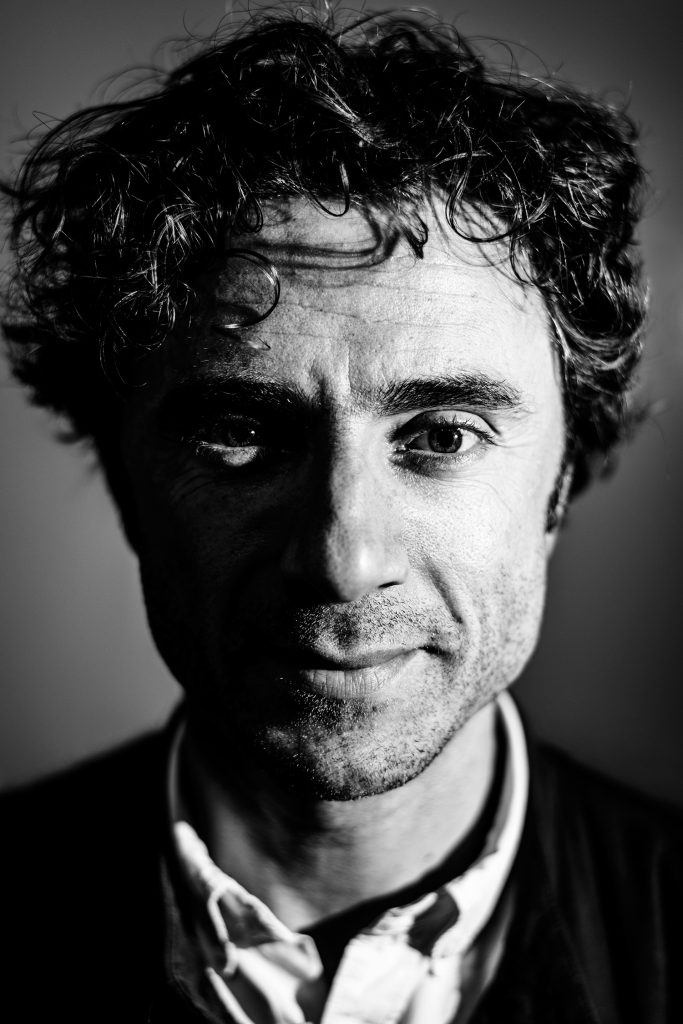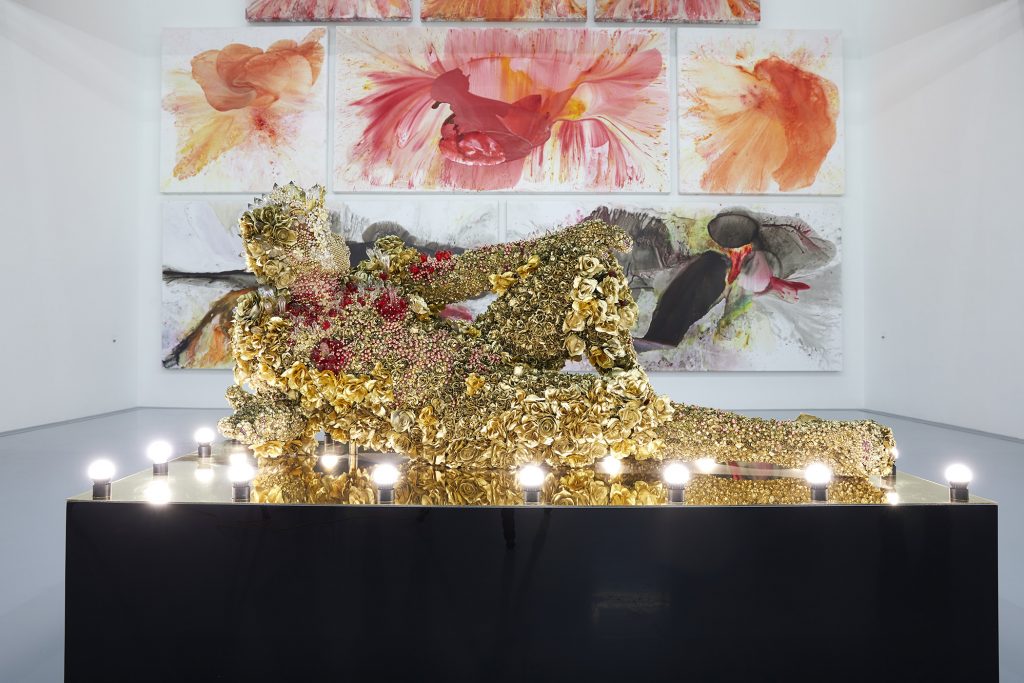
Zeitz Museum of Contemporary Art Africa – A place dedicated to Contemporary African Art
In September 2017 Zeitz Museum of Contemporary African Art (Zeitz MOCAA), the world’s largest not-for-profit museum dedicated to 2&st century art from Africa, and the first of its kind to be established on African soil, opened to the public.
Many would say that Mark Coetzee has the best job in the world. For nearly a decade, the chief curator and executive director of Zeitz Museum of Contemporary Art Africa (Zeitz MOCAA) has been travelling around Africa and its diaspora countries, “doing studio visits and buying art like crazy”. And now his impressive haul of 21st century works finally lives and breathes in the institution it was intended for. The world’s largest not-for-profit museum of contemporary African art, and the first of its kind to be established on African soil, opened in September 2017. Thanks to a collaboration between philanthropist Jochen Zeitz, owner and donor of The Zeitz Collection, and David Green, CEO of the V&A Waterfront in Cape Town, a long-derelict grain silo has now been transformed by acclaimed designer Thomas Heatherwick into a truly inspiring and much needed public art museum.
The unique concrete building came filled with 116 gigantic vertical tubes, so repurposing and restoring it was no mean feat. “We wanted to retain as much of the structure and character as possible because its tube-iness was what made it so special, but Mark and his team were clear that tubes were rubbish for showing art,” Heatherwick says. “The other issue was threshold. In a continent where a very large proportion of people have never been a museum, how do you make entering the building less daunting? It seemed strategic then, to create a compelling heart for the museum.”
His answer came from a single grain of corn, its irregular shape informing the museum’s expertly carved, elegantly curved central atrium, which both reveals the tubes’ unexpected geometry and allows 80 gallery spaces to rise up around it to a sculpture garden on the ninth floor roof top. Meanwhile mirror-ball like windows on the upper levels reflect views of the city and Table Mountain back at you, and the textures of the original concrete surfaces retain their raw yet warm wonkiness.
The permanent collection on show includes important pieces by the likes of El Anatsui, Roger Ballen, Njideka Akunyili Crosby, Nicholas Hlobo, Penny Siopis, Athi-Patra Ruga, Mary Sidande, Hasan and Husain Essop and Kehinde Wiley. The collection shares the galleries with temporary exhibitions on specific artists and themes overseen by a team of in-house and at-large curators, as well as independent centres dedicated to photography, performative practice, moving image, education, costume and curatorial practice. Those artists initially on show include Edson Chagas, Yinka Shonibare, Zanele Muholi, Kudzanai Chiurai and Nandipha Mntambo.
“In the past, the most important work left the continent and today world museums are having difficult conversations about whether they have the right the keep other nations’ legacies,” says Coetzee. “Now there is a new interest in African art but because of the devaluation of most African currencies, still much of the art leaves the continent to go to public museums or private collections around the globe. We’re saying, let’s try to secure some seminal works so that Africans can have access to their own cultural heritage.”
Despite the museum’s bold vision, which intends to contribute to dominant art discourses in Africa, particularly around identity, gender and post colonialism, it was never going to be easy to please everyone when the doors opened. “The big question that came up was ‘Will I be represented in the museum?’ with expectations running high from the local community, South Africa, the continent and diaspora. This put us on our toes, but what’s extraordinary is that this concern reflects the work of many of our artists who use self-representation as a personal and political gesture. First and foremost they’re saying, ‘Allow my body to occupy this space.’”
With visitor numbers far exceeding expectations so far, Coetzee hopes that Zeitz MOCAA continues to fuel debates like this, both inside and way beyond its perimeters. “My dream is that the museum will always have the freedom to host dissenting conversations. We come from a continent where so many decisions have been made for us according to our nationality on who we can love, who we can be and where we have the right to go. None of us in the near future want to be strictly defined. We want to contribute to writing our own history and have time to create a public forum where those kinds of decisions are played out. Let the museum celebrate that process.”
Zeitz Museum of Contemporary Art Africa, V&A Waterfront, Silo District, Cape Town, South Africa














